Manufacturers’ task is to produce products that serve a wide range of functional and aesthetic purposes, often turning to multi-material injection molding solutions-more specifically, insert injection molding and overmolding.
Because these two processes have some similarities, they are generally considered interchangeable, but there are also some key differences.
Understanding the basic differences between insert molding and overmolding will allow you to choose the most appropriate type of multi-material molding for your application.
1. Insert Injection Molding
Insert injection molding is a process that requires an insert, usually metal, to be pre-placed in the tool to inject the plastic flow.
Plastic packaging inserts can create a molded plastic sheet, which is generally stronger than a plastic sheet created using secondary assembly.
Insert injection molding can be done by manual insert loading-for very small batch applications or extremely complex part geometries, this is usually a more cost-effective method-but for part consistency, automatic insert molding is a betters choice.
It minimizes human error, improves efficiency, and ensures the best cycle time. Other major cost and design advantages of insert molding include:
- Eliminate secondary assembly operations, such as snap-fit installation, bonding, and the use of screws or fasteners.
- Reduce the number of parts required, and streamline logistics around parts tracking, transportation, and supplier integration.
- The integration of design functions cannot rely on plastic alone, allowing basic metal parts to be included.
Insert molding is suitable for a wide range of applications, from simple couplings, knobs and filters with threaded fasteners to complex electrical components and solutions to multiple challenges, such as the sunroof front frame developed by Holly for a well-known car brand .
2. OVERMOLDING
Overmolding is a process that causes multiple materials to seamlessly combine into a single part or product. It usually consists of a rigid plastic-based component (i.e. substrate) covered with a thin, flexible, rubber-like thermoplastic elastomer (TPE) (i.e. overmolded) outer layer or other similar material.
The uniqueness of overmolding is that it adds value in several ways, while also reducing production costs. There are many advantages of using overmolding:
- Introduce a tactile, soft, non-slip grip to prevent falling, and at the same time as an environmental barrier to prevent impact, vibration and noise, and maximize product life.
- Create visually attractive surfaces and brand colour schemes to increase shelf appeal and provide a competitive advantage.
- Reduce the number of required manufacturing steps (ie secondary operations) and related costs.
Overmolding is very versatile. Common household items, such as hand tools, toothbrushes, and razors, may have over-molded handles for better grip.
Overmolding can also be used to solve complex industrial application requirements, such as wearable hazardous gas detectors developed by the personal protective equipment industry in cooperation with Holly.
Insert injection molding and overmolding are similar to some extent, but obviously different forms of multi-material injection molding.

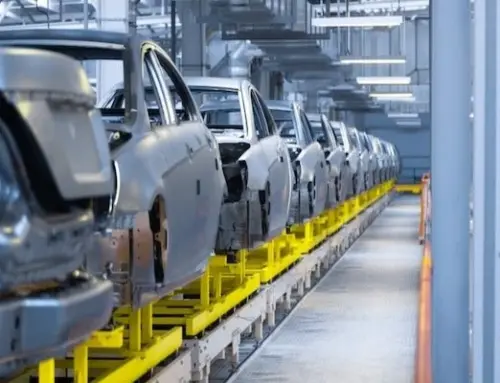
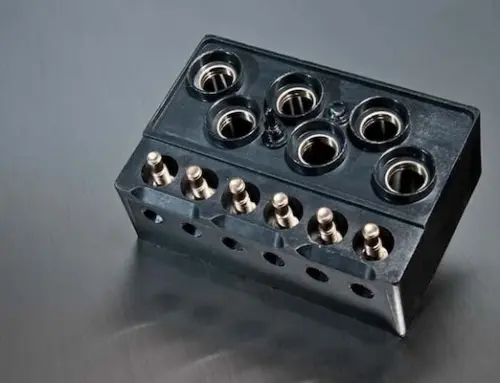
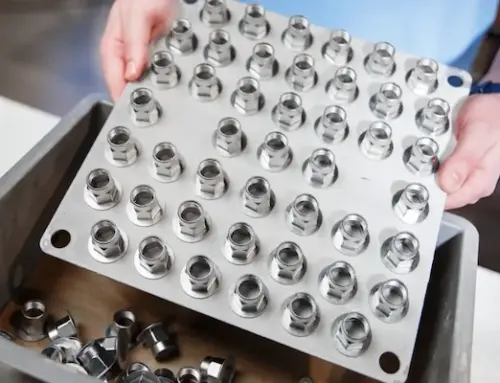
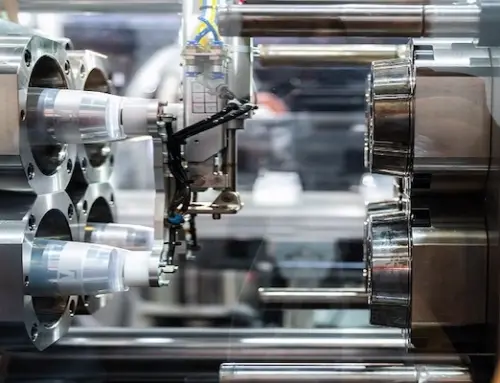
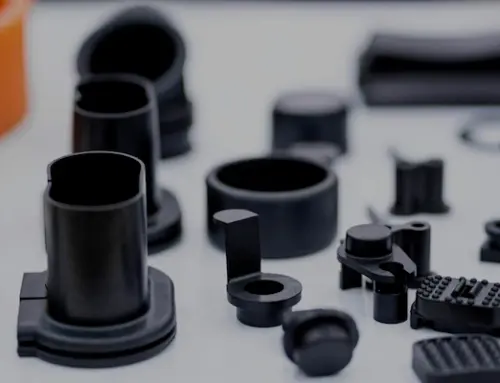
Leave A Comment